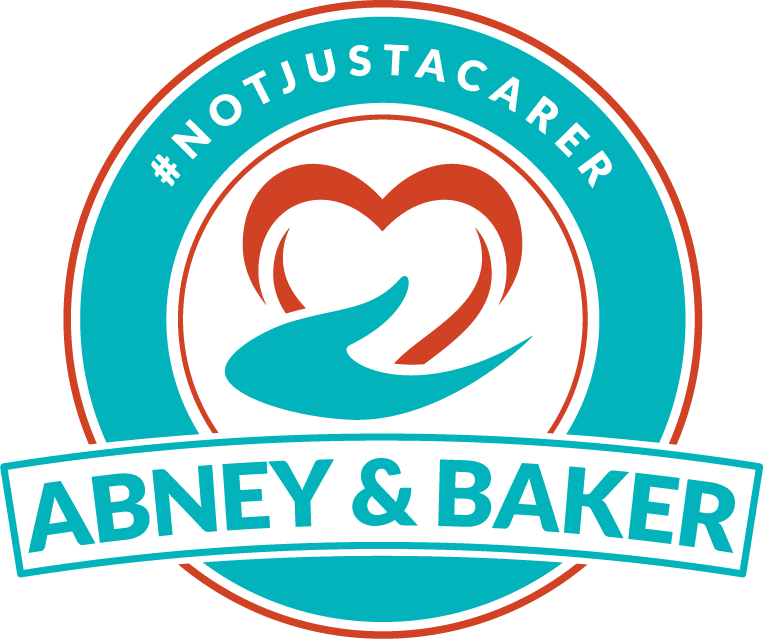There are a lot of words and phrases being used regularly at the moment around the coronavirus. It can be hard to keep on top of what everything means so we’ve pulled together the key terms that we’re commonly hearing and what they mean to help demystify this new language.
Comorbidity: When a person has more than one disease or condition. For example, if a patient who has high blood pressure and is a diabetic gets sick with COVID-19, then they are said to have comorbidities.
Coronavirus: A family of viruses including Middle East Respiratory Syndrome (MERS-CoV) and Severe Acute Respiratory Syndrome (SARS-CoV).
COVID-19: The name of the pandemic coronavirus disease. It is caused by a new coronavirus strain originating from Wuhan, China.
Epidemic: An outbreak of disease in a community at a particular time.
Epidemiologist: A scientist who studies diseases within certain populations and works to understand how, why, and where they spread.
Flatten the curve: You’re likely to have seen by now some version of a chart with curving lines depicting different public health outcomes, like what would happen with no proactive health measures and what could happen with different rules of varying strictness in place. Flattening the curve essentially means slowing the spread of the disease, because if everyone gets sick all at once, it will overwhelm the hospital system.
Incubation period: The incubation period is the amount of time between contracting a virus and showing symptoms. For the coronavirus, this is between 2 and 14 days, with the average amount of time about five days. People who are infected can spread the disease before they show symptoms, which makes
containment measures such as quarantine and social distancing especially important.
Lockdown: A lockdown is when all nonessential activities get shut down. People can only go outside for an essentials food shop, health reasons or work (but only if you cannot work from home) and if they go out must stay 2 metres (6ft) away from other people at all times.
Outbreak: An outbreak is when there is a sharp increase in the number of people sick with one disease, but these cases remain in one area. If an outbreak spreads to a wider area, it becomes an epidemic, and if it spreads worldwide, it becomes a pandemic.
Pandemic: A pandemic is when there is a sharp increase in the number of people who are sick with a disease, which has spread around the world. On March 11, the World Health Organization officially declared that we are experiencing a pandemic.
PPE: Personal protective equipment is the kit used by front line workers to prevent them becoming infected. It includes a range of equipment including masks, visors, gloves and aprons.
Quarantine: Quarantines are used for people who aren’t sick with COVID-19 but have been exposed to someone who is. Quarantines work by keeping people who might get sick separated from others, to prevent them from unknowingly spreading the disease.
SARS-CoV-2: This is the name of the virus that causes the COVID-19 disease. It stands for Severe Acute Respiratory Syndrome CoronaVirus 2.
Self-isolation: This is a more severe form of social distancing and applies to people who have symptoms of coronavirus. They should remain indoors as much as possible and avoid contact with other people including those in their own home if they are yet to show symptoms. This period should last for seven days but anyone living with symptomatic people should self-isolate for 14 days because of the length of time it takes for the virus to incubate and show symptoms.
Shielding: Shielding is a practice used to protect extremely vulnerable people from coming into contact with coronavirus. This applies to 1.5m vulnerable or elderly people with other health conditions.
Social distancing: Measures to limit person-to-person interactions to prevent infection. This includes people staying at least 2 metres away from each other in supermarkets, on public transport and among family members they may not live with. The government has imposed restrictions designed to enforce social
distancing, which include working from home, closing schools, and shutting shops, restaurants and cinemas etc.
WHO: The World Health Organization. The agency falls under the umbrella of the United Nations.
Call 0333 043 4880 or email enquiries@abneyandbaker.com
Sources: www.independent.co.uk, www.bbc.co.uk, www.huffpost.com

